Articles about timber-frame houses are always accompanied by photos of the walls being assembled in the factory or being put on the foundation. These are the phases where, in addition to the structure made of wooden posts and beams, you can also see the OSB boards enclosing the walls. And here the questions arise. Is it compulsory to install OSB? What role does it play? Isn't it too brittle? Will the house withstand the wind if it has that thin OSB board inside? Doesn't it leak? Doesn't mould attack it? And so on! Some even say that such panels should only be used for building sheds or animal shelters. It is totally wrong to consider OSB as a low-strength material made from wood scraps.
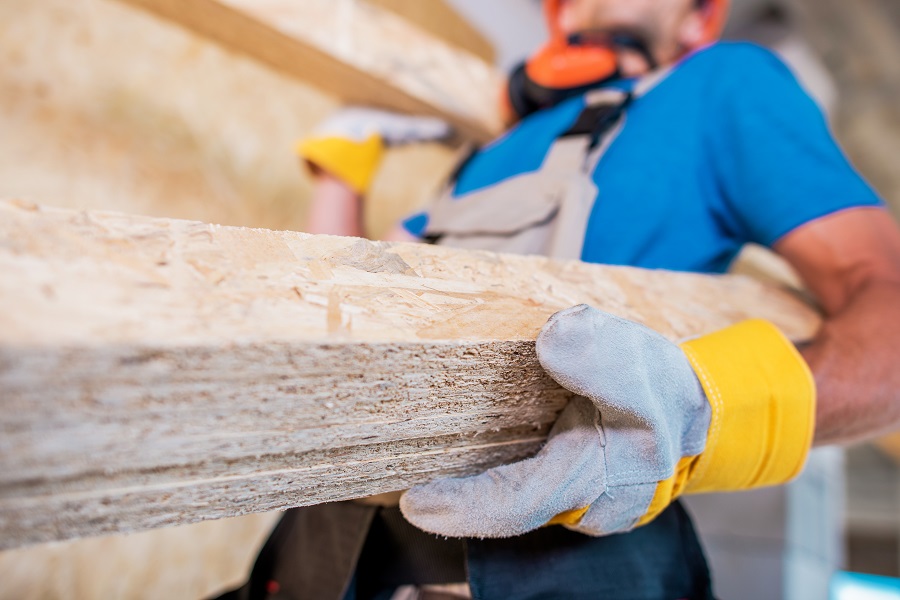
OSB belongs to the category of industrialised wood, is very strong and has properties that make it very suitable for use in construction. Its combination of strength, ability to stiffen other structures and relatively low weight make it an extremely versatile material. It is designed for the construction industry, being used as load-bearing slabs in the construction of timber-framed houses, as a stiffening material for prefabricated wooden panels, for walls, floors, floors, roof elements. It is mounted on at least part of the wooden wall structure, its positioning and fixing being part of the structural design and strength calculations. Unlike other building materials, OSB is lighter, providing the same stability and strength of the house at a lower foundation load.
What is OSB
This is not the first time we have talked about OSB. And even though it has been the subject of an article before, which you can find hereI believe that some aspects should be taken up because they make it easier to understand why it is preferred in construction. OSB means Oriented Strand Board, i.e. a plate of oriented shims. The planks are large wood chips of the thickness of an aesthetic veneer (1-3 mm), 2.5 cm wide and 15 cm long. The increased strength of the panels is due to the way these splinters are laid before being glued and pressed. In the outer layers the direction of laying is lengthwise (the length of the chips is parallel to the length of the panel), while in the middle layer the direction is widthwise, perpendicular to the outer layers. Such an oriented lay-up of the layers is also used in plywood or CLT, resulting in strength and stability of the panels.
Initially, the chips are sprinkled with adhesive (a moisture-resistant synthetic resin), laid in 3 perpendicular layers, then pressed at high temperature and pressure. Finally the panels are formed (cut) to standard sizes, cooled and packed. The result is elastic and uniform panels containing 95% of wood. The remaining 5% is glue and additives that give resistance to moisture, insects and mould. The boards are cut from the original panel taking into account the splintering so that the length of the board corresponds to the length of the panel. This is very important because the boards have a bending strength and modulus of elasticity (bending stiffness) about 2.5 times greater along the length, considered the axis of strength, than along the width. This is also taken into account when cutting on site.
Types of OSB. Not all types of OSB can be used in the load-bearing structure
OSB comes in different types and thicknesses, depending on its properties and the area of use. How do we know which type of OSB to choose? From the EN 300 standard, which divides OSB into four classes. The classification refers to the applications and environment for which the type of board is suitable and the loads it can withstand. The division into the four distinct groups is based on mechanical performance and relative moisture resistance.
- OSB 1 - tiles used indoors, in a dry environment - includes general purpose tiles, furniture and interior fittings tiles, i.e. those without load-bearing capacity
- OSB 2 - load-bearing slabs used in dry environment
- OSB 3 - load-bearing slabs for use in wet environments
- OSB 4 - high strength load-bearing slabs for use in wet environments (does not mean the slab can stand in water).
Why use OSB in construction
The edges of the original board, as it leaves the factory, are protected with wax against moisture absorption, but if they are cut, the protection is no longer valid. Class 3 tiles can be used both externally and internally and are the structural tiles used by builders to make walls, floors and roof elements.
The thickness of the tiles varies and can range from 6 to 40 mm, with 14 different thicknesses in this range. Whether they are used for stiffening panels for walls, ceilings, floors or roofs, the thickness of the OSB used will be chosen according to the field of use and the loads they have to withstand. The strength of the board depends on the thickness and will be thicker the more weight it has to take. The choice of slab for a wall or floor is based on strength calculations and structural design and should be at least 15 mm thick for use as a stiffening element. Fixing is also based on strength calculations, which determine the number of fixing points between the board and the timber frame and the distance between them. This calculated stiffening of the wall structure, called bracing, will give the house resistance to wind and earthquake.
OSB has very good dimensional stability, high strength and low weight. They have a good strength-to-weight ratio and a long service life and are resistant to moisture and pests. Their properties also contribute to optimised thermal and sound insulation, fire protection and a good strength-to-weight ratio. They are easy and quick to install using any wood fastening system (nails, screws or staples). Timber-framed houses with OSB-rigid walls are light and strong, with very good earthquake behaviour.
OSB cannot be directly plastered nor can it be left loose outside as its water resistance is low. On the inside, the OSB panels are clad with plasterboard and then finished. On the outside, thermal insulation boards are applied over the OSB and can be plastered and finished. When OSB cladding is chosen on both sides of the wooden elements, a vapour barrier must also be installed on the inside of the roof, and all the joints of the OSB boards in the inner layer are sealed with tape, thus preventing air and thus heat loss.
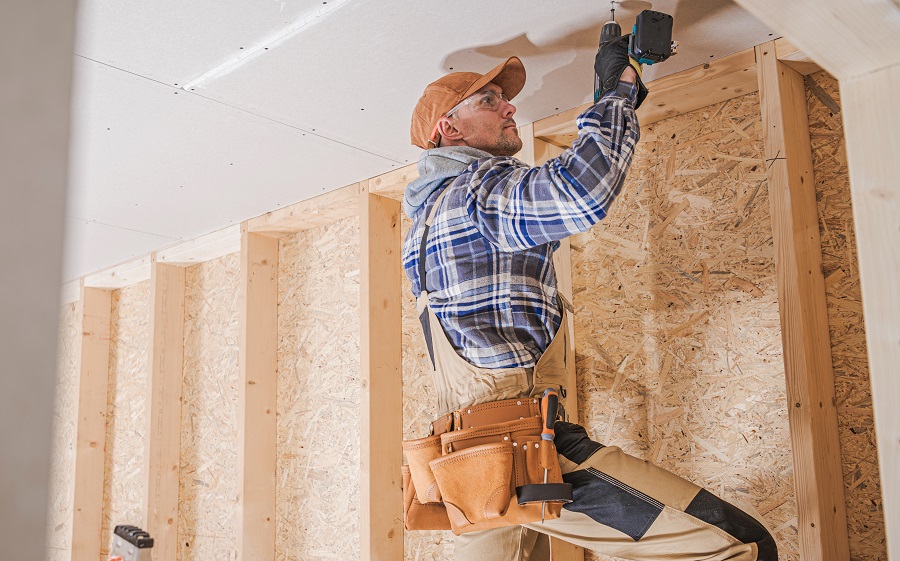
Houses on prefabricated wooden structures
In the USA, Canada and European countries, OSB has long been used to stiffen the walls of timber-framed houses. Romanian companies have been building this way for many years in European countries and are highly appreciated. For some years now, they have started, timidly, to be built in our country. Fortunately, starting last year, there seems to be an exponential demand for timber frame houses. Advantages such as speed of construction, clean building sites, high energy efficiency, low weight of the structure which results in lower foundation costs, high resistance of the house to earthquakes are just some of the advantages of such constructions.
I have written a lot over the years about wooden houses built by Romanian companies in Romania and abroad. In order to convince ourselves of their advantages, we spoke to the builders and owners, we looked into their behaviour in difficult areas. House built by Dimmer in Corsica, where the wind can exceed 150 km/h, whose owners recommended the builder to four other islanders or the one built by Litarh in Arbonne-la-ForetThe house, 70 km from Paris, mentioned by the magazine "Construire en bois" as one of the most successful houses in the Paris region, are just two examples of such constructions.
The easiest way to avoid misperceptions about a material or construction method is to document it. There are many sources of information on timber frame houses where you can find out why they are considered sustainable buildings. No forests are destroyed by building with wood, but a renewable source is used, replacing some of the building materials that have a negative impact on the health of the planet.



















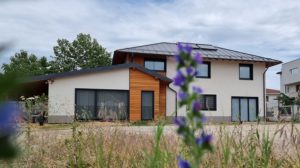
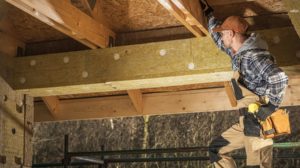

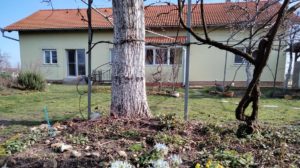
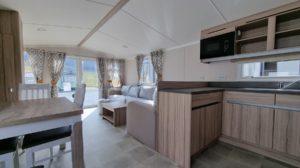
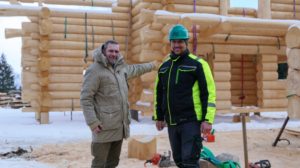

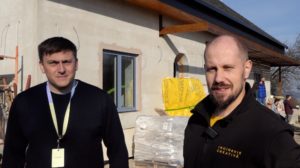

Add comment